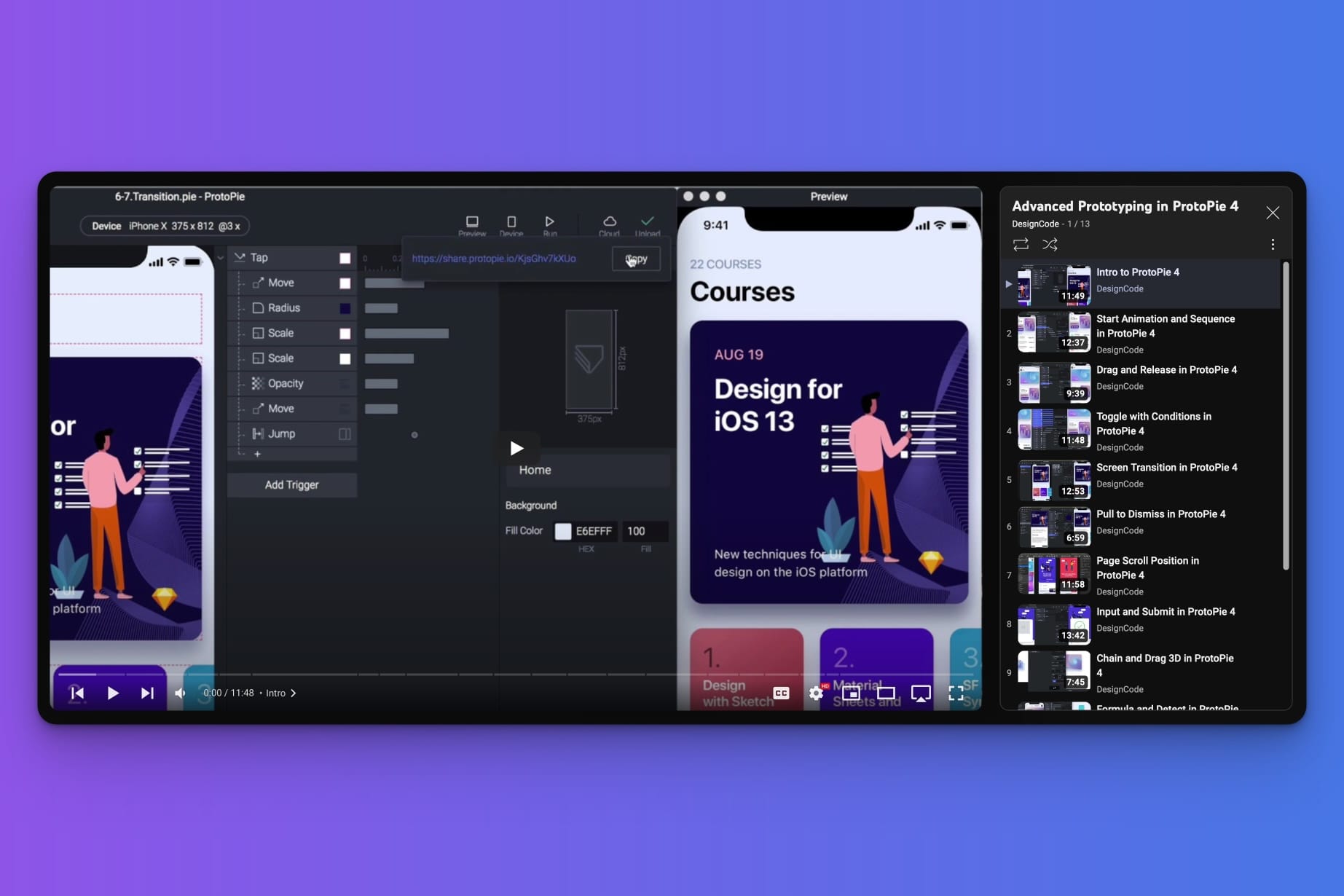Discover how a simple plugin transformed our marketing team’s productivity and can redefine your career approach.
Not long ago, I was invited into a meeting with a guy from the campaign team at work. I didn’t know him, but he seemed like a nice guy.
His job?
To slice up and translate the graphics elements for the daily newsletters into different languages.
This meeting included him and a sales rep from Figma and for some reason me.
The Campaign Slicer was asking if he could upgrade his Figma account for more features as it would benefit his team having extra variables which is only available on the Enterprise tier. Unfortunately we couldn’t just upgrade his account – we had to upgrade the entire company account.
This quick meeting snowballed into a company-wide debate afterwards.
A fancier Figma meant paying almost double our usual subscription – a pretty steep fee for a benefit that seemed exclusive to just three marketing people. The other benefits of the Enterprise tier were great too, but nothing that we couldn’t live without for the time being.
That meeting got me thinking: let’s see if we can streamline the marketing design workflow without splurging more money on Figma.
As it stood, prepping multilingual emails was a 20-30 minute slog, done almost daily, filled with mind-numbing manual work, where they copy-paste from excel sheets, replacing text in Figma components before exporting everything out again with the correct naming. It’s a drag.
I\’ve been a Figma user for years and knew there had to be a fix for the marketing design time sink.
I hate to waste time and also to see people waste time on stuff like this.
So, I dug around a bit and hit the jackpot – a plugin called \”Localize frames\” by Hypermatic.
It\’s smart. It pulls text from the original design into a spreadsheet and creates a column for each country. Then when people are done with the translations, you plonk the sheet back into Figma and the plugin whips up all 11 language versions in a flash.
But that was just the first challenge.
Next up: simplifying the slice exports.
The team still faced the grunt work of manual exports. That\’s where I, with a little help from ChatGPT, stepped in.
I built a tiny Figma plugin. It adds country codes to the slices and lines them all up for a one-click export. It even exports each country slice into the correct folders, so the team doesn’t have to move the assets into folders afterwards.
The end result? We managed cut down a half-hour chore to less than a minute. It\’s a no-brainer – the right tools and a fresh look at your workflow can crank up efficiency like crazy. The project is still ongoing but it shows a lot of potential.
The biggest lesson learned in this project wasn\’t just about smarter workflows or how to create awesome plugins — it was about the unexpected opportunities that pop up when you dive into new challenges.
It wasn’t my challenge to begin with. I work in a different department and I could just have left them to figure it out for themselves, but I didn’t and this task gave me a lot of good recognition from both upper management and my immediate colleagues.
This experience was a reminder that in any career, being proactive, solution-focused, and open to collaboration can make you an invaluable asset to any team.
It’s not always the loudest in the room who lead the charge for change; sometimes, it’s the ones who quietly work to turn complex problems into simple solutions.
So, my advice?
Stay curious, be the problem-solver, and never underestimate the impact of improving the mundane.
In the end, these are the moments that can define your career and set you apart as a leader in any field.
Frederik Roessell
Creative designer with 20 years of design experience working in startups and agencies in Copenhagen. Currently pushing pixels as a Senior Product Designer at a large ecommerce brand.



